Prison to posh: DC’s Lorton Reformatory transforms into stylish suburban development
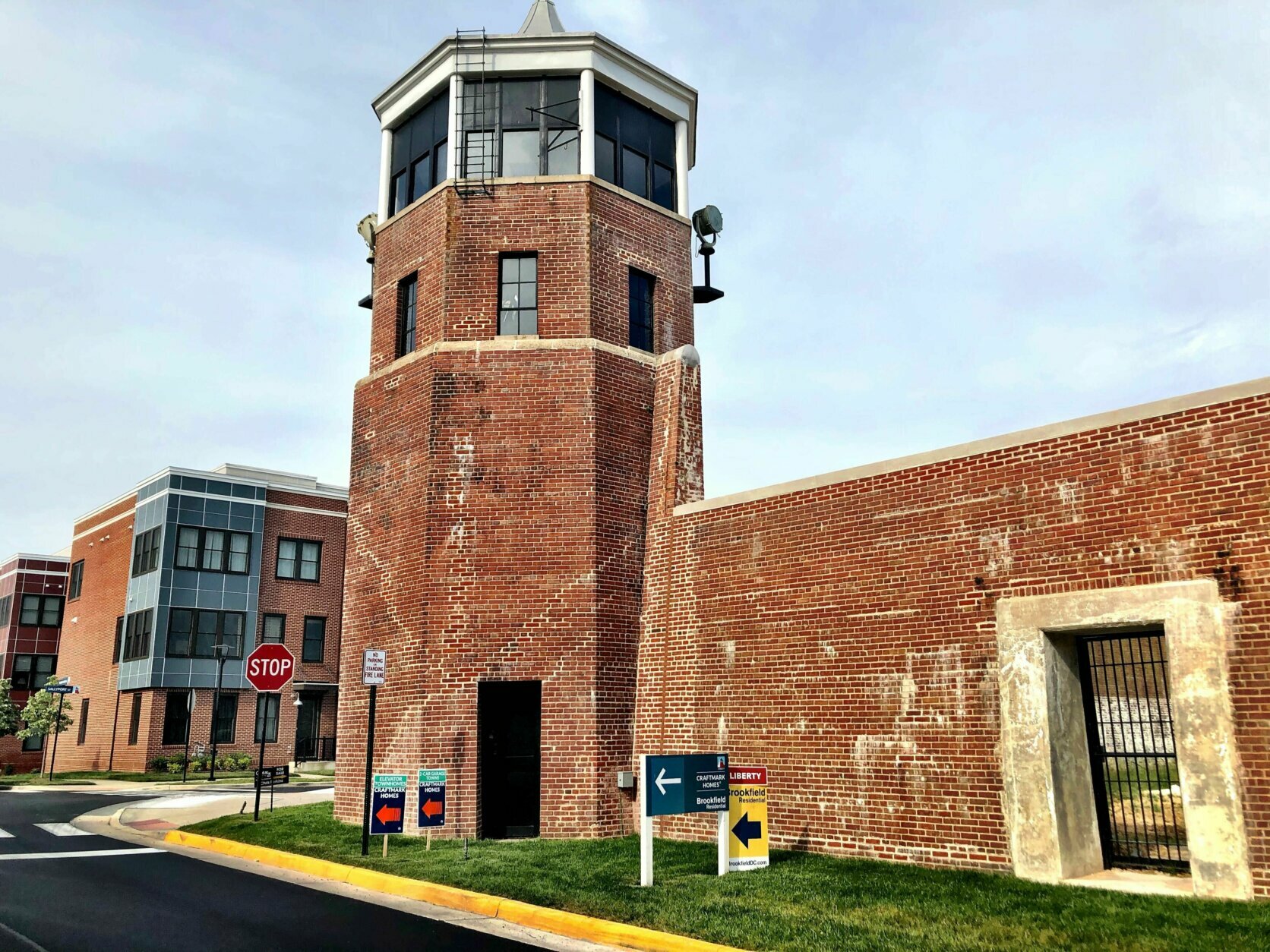 1/16
1/16
Modern living is mixed with a penal past.
(WTOP/Neal Augenstein)
The Liberty development, in Lorton, Virginia, incorporates many of the historic buildings and facades — including several guard towers — from what was the Lorton Reformatory, into a modern, suburban development.
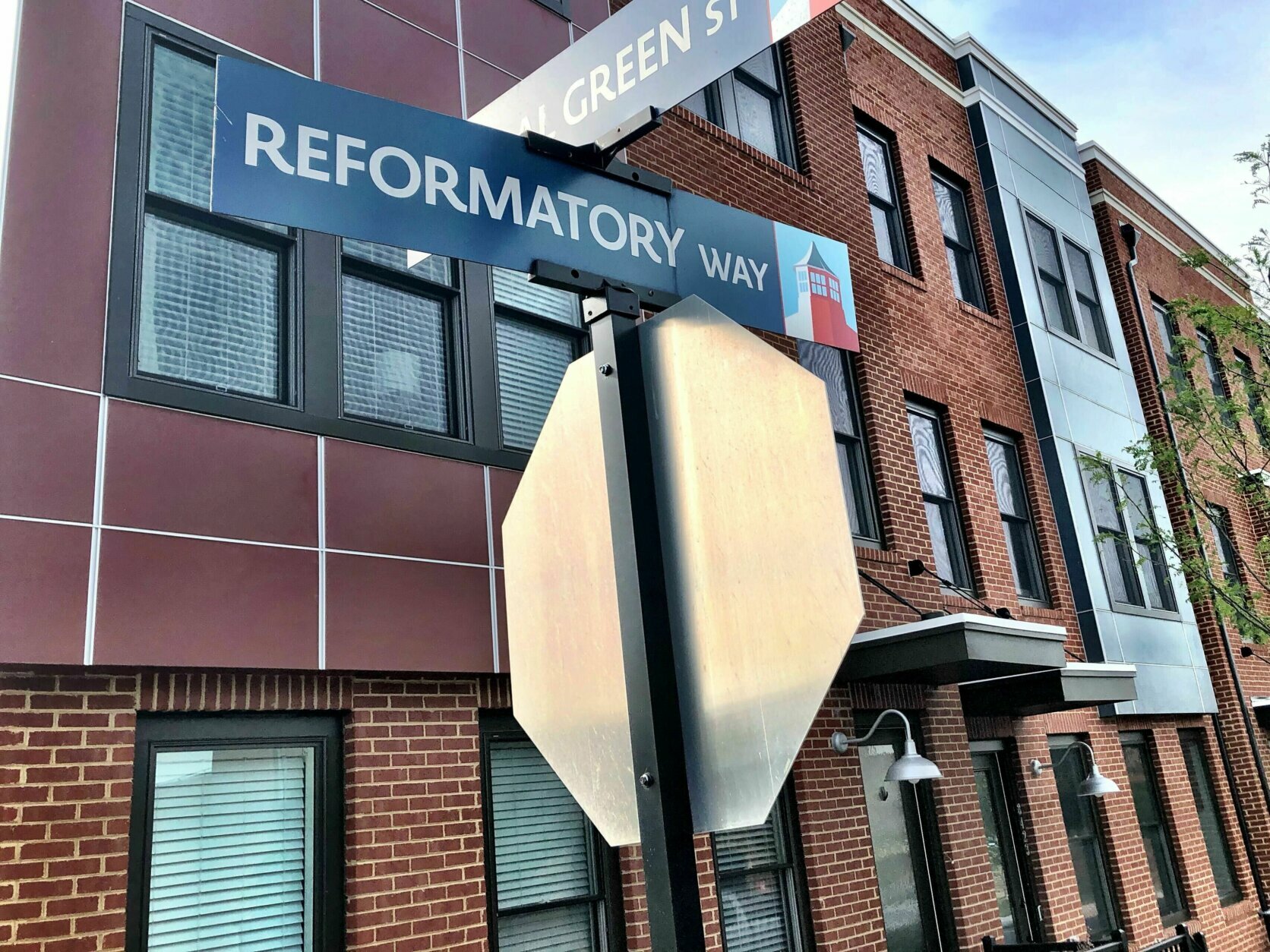 2/16
2/16
Street names in Liberty make reference to the neighborhood’s history.
(WTOP/Neal Augenstein)
With street names like Reformatory Way and Sallyport Street, new apartments, townhomes and single family homes are built around reclaimed buildings from the Lorton Reformatory and the adjacent workhouse, which was established in 1910 for prisoners from D.C.
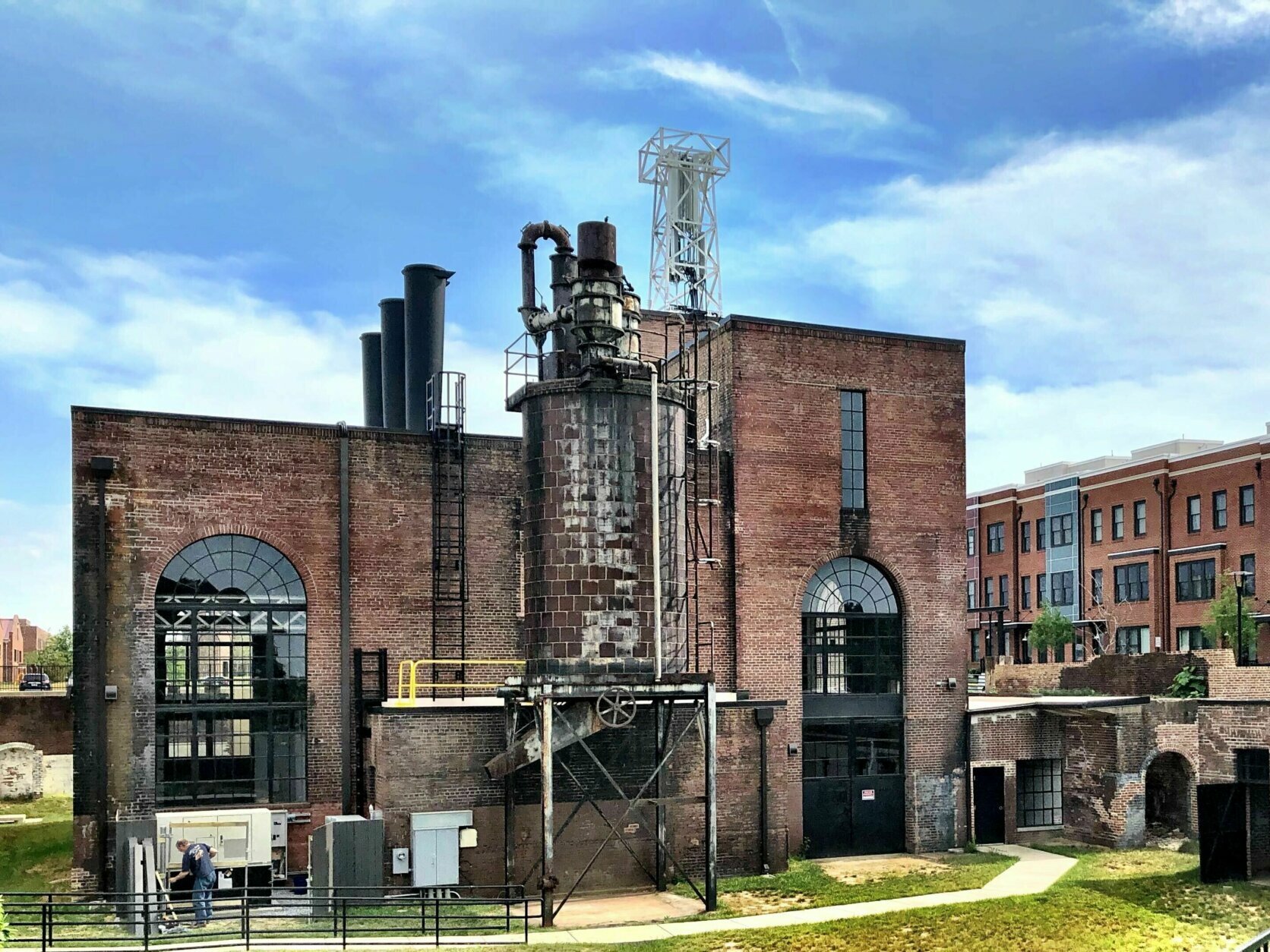 3/16
3/16
Liberty mixes the old with the new.
(WTOP/Neal Augenstein)
The Liberty development, in Lorton, opened with apartments incorporated into historic buildings from the reformatory, including this one, which is available for lease, as the community works to bring retail to its still-growing neighborhood.
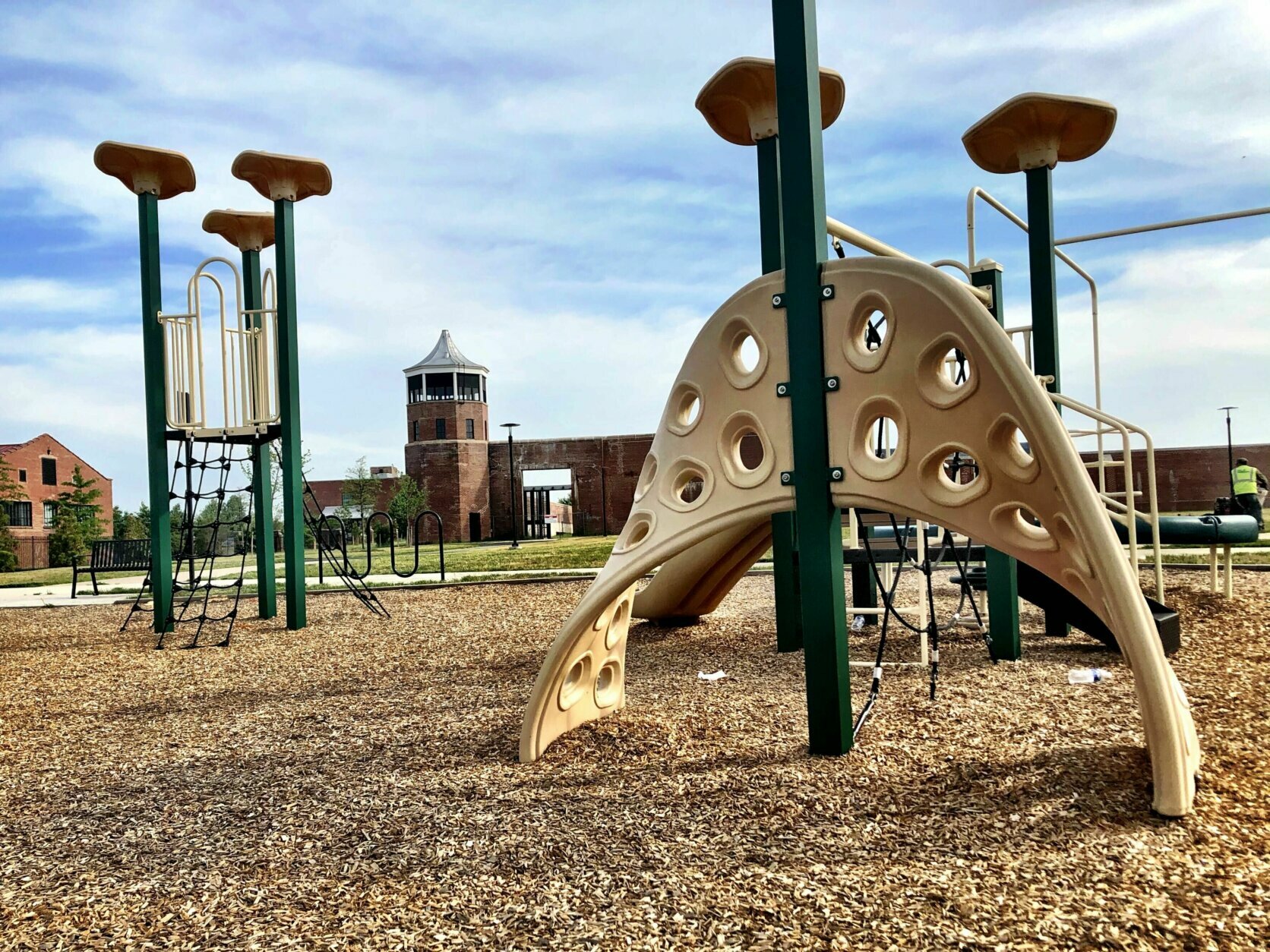 4/16
4/16
Several playgrounds make a former prison family-friendly.
(WTOP/Neal Augenstein)
During WTOP’s visit, a father and two children rode bicycles past one playground in the Liberty community, with historic prison walls and towers as a backdrop for what developers believe will be “a vibrant urban village.”
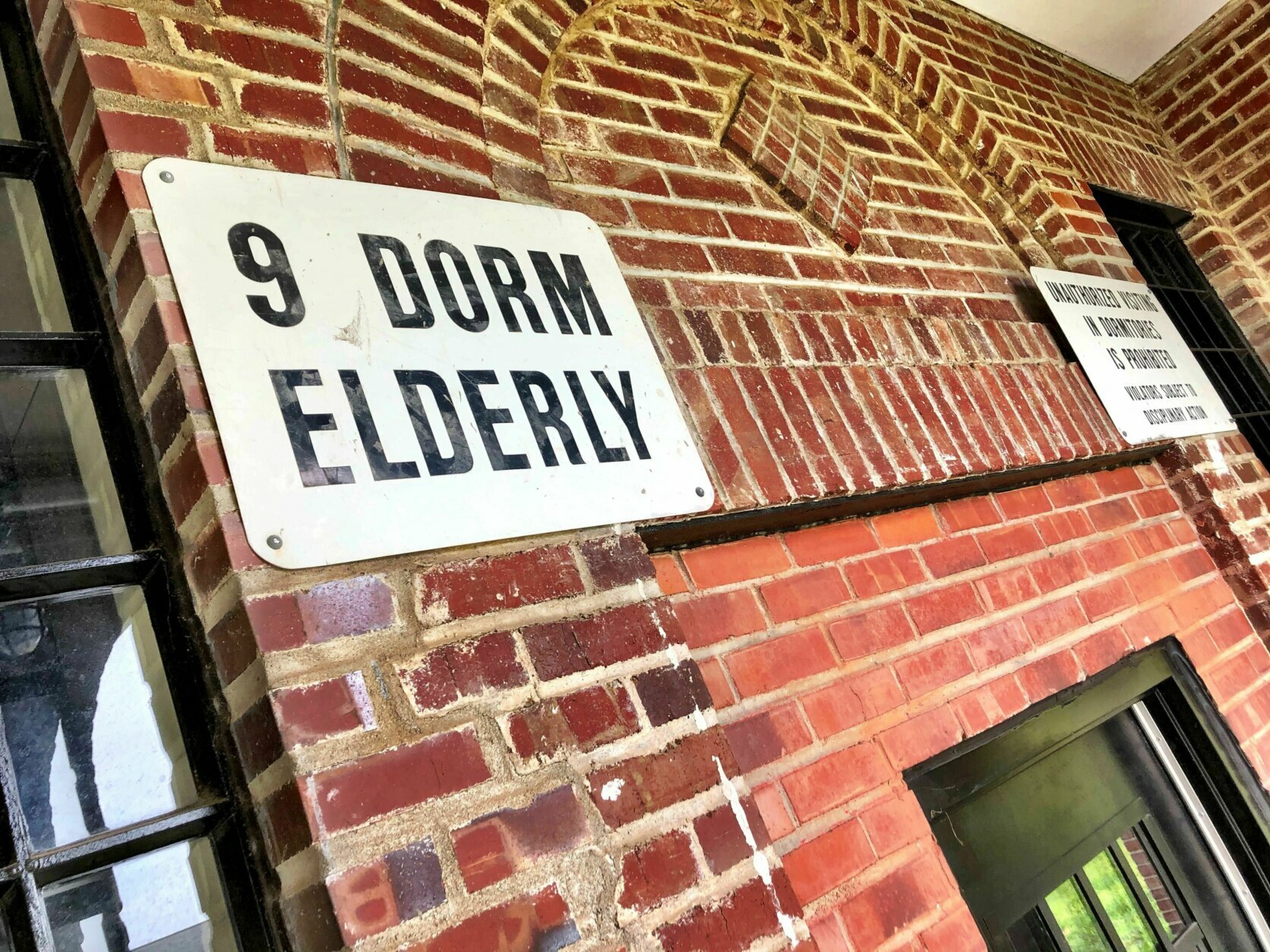 5/16
5/16
For some, Lorton prison was a retirement home.
(WTOP/Neal Augenstein)
Prisoners convicted of less-serious crimes were housed in dormitories at the Lorton Reformatory — many of the original signs remain affixed to bricks near front doors of Liberty Crest apartment units.
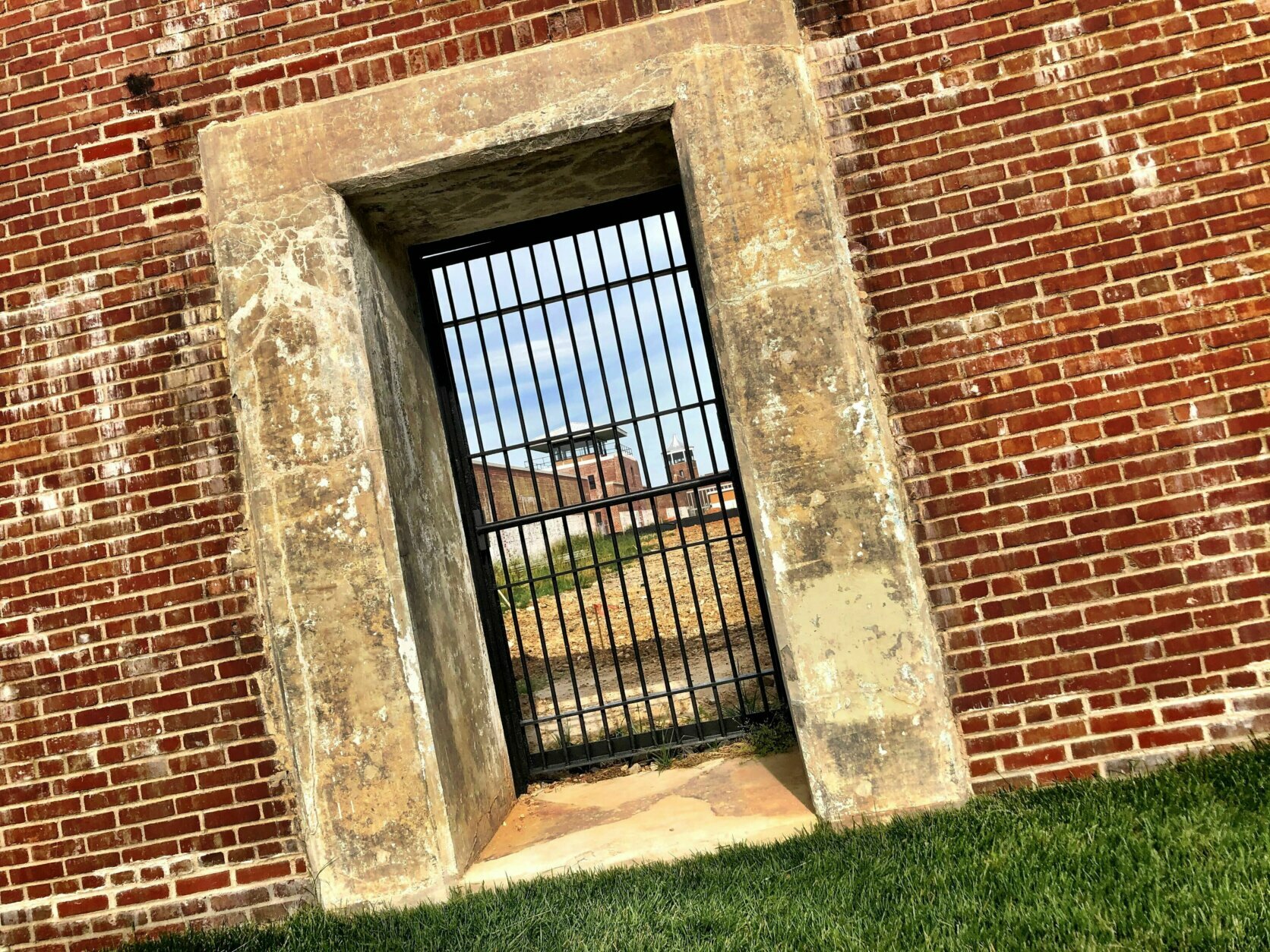 6/16
6/16
Retail may hold the key to the future of the Liberty development.
(WTOP/Neal Augenstein)
Across the street from model homes, a wall from the Lorton Reformatory’s maximum security unit frames what will become Liberty Market, providing walkable retail and restaurants to homeowners and renters.
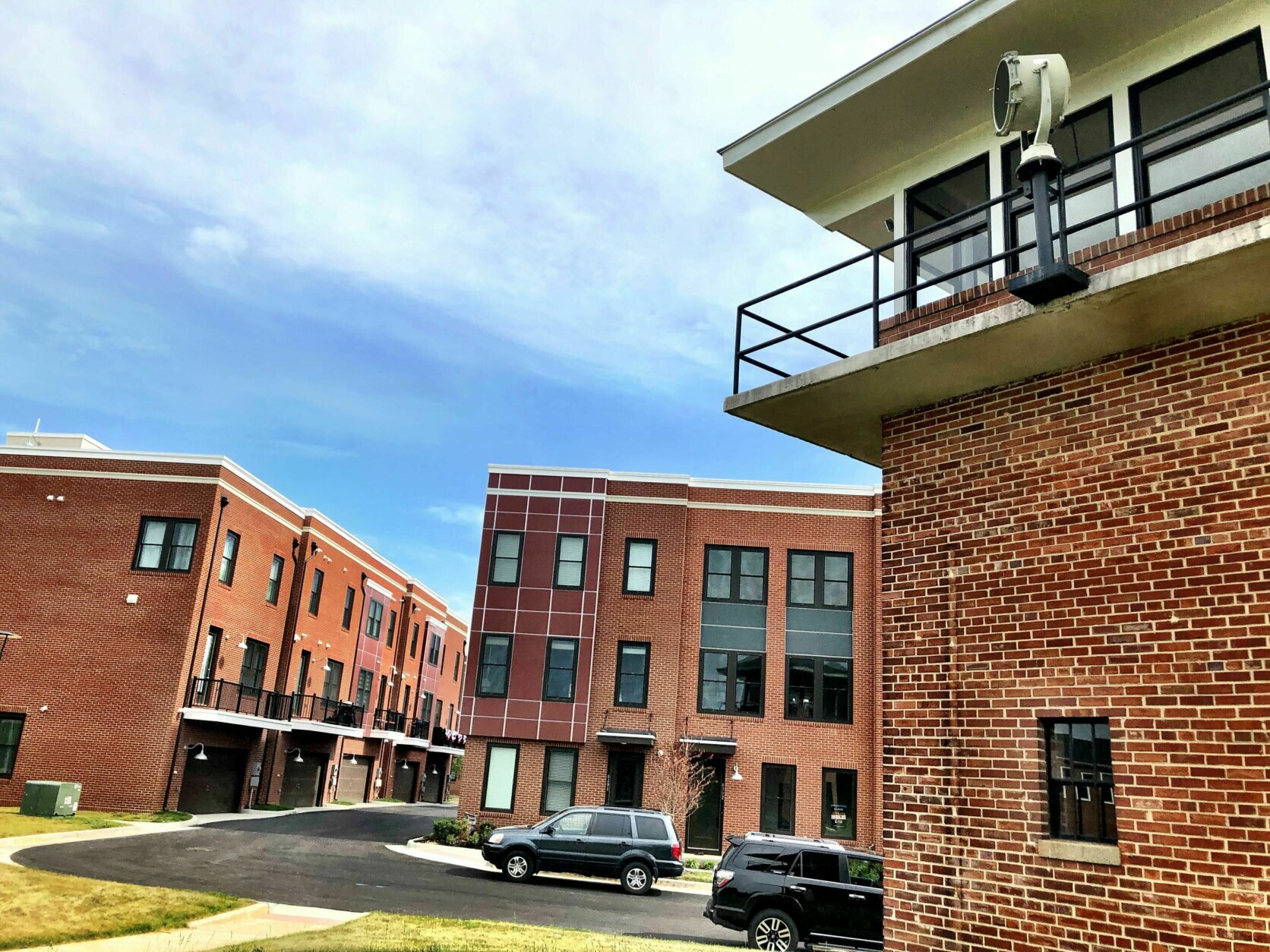 7/16
7/16
Some new homes looks directly at pieces of the notorious prison’s past.
(WTOP/Neal Augenstein)
Many of the 157 urban townhomes, as well as apartments, and 24 single-family homes in the Liberty community have fascinating views from their windows, including one of several reclaimed guard towers.
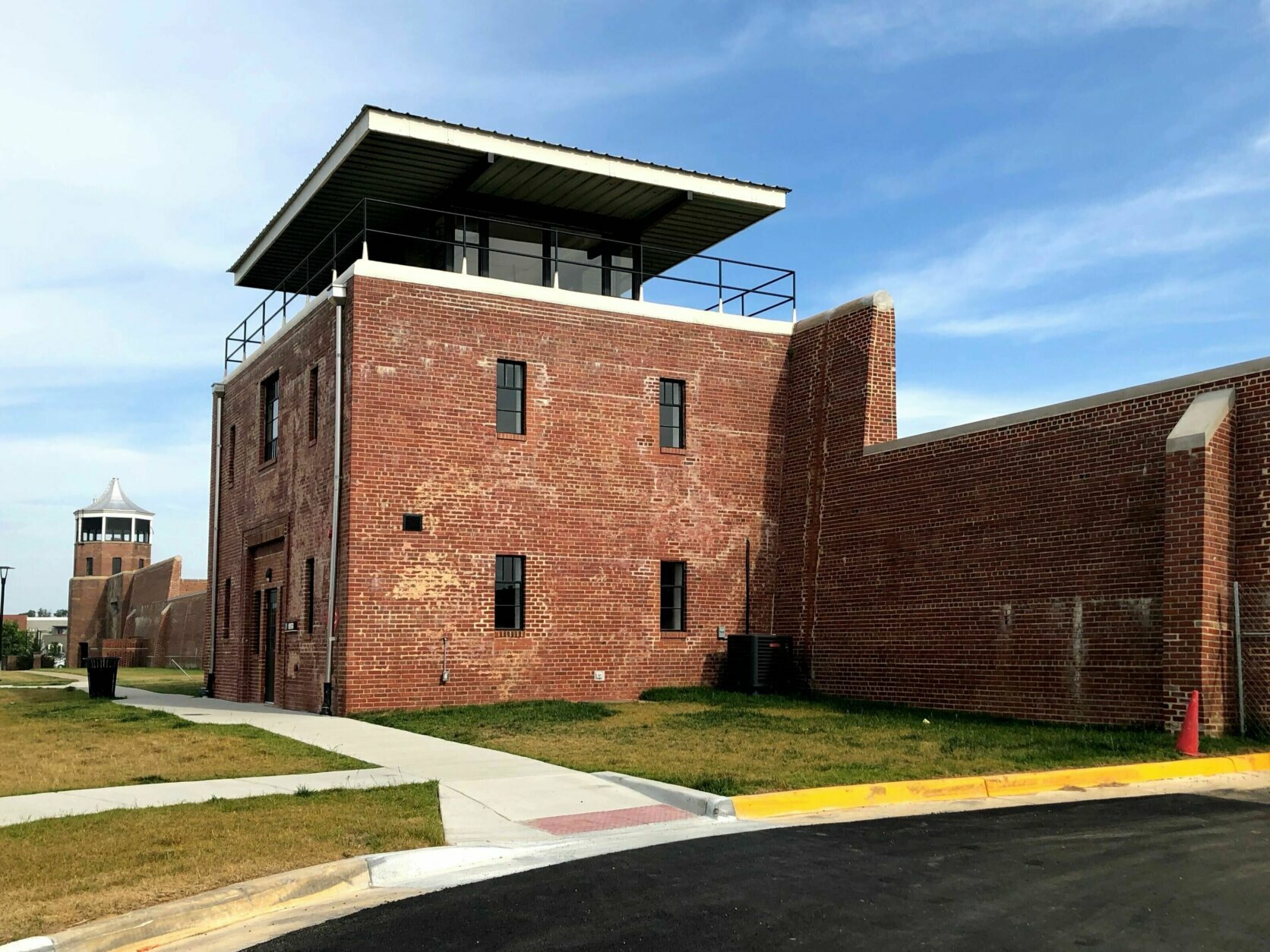 8/16
8/16
Lorton Reformatory had a who’s who of famous prisoners.
(WTOP/Neal Augenstein)
Notable inmates in Lorton Reformatory included musician Chuck Brown, Watergate burglar-turned-radio host G. Gordon Liddy, aviator and Nazi agent Laura Houghtaling Ingalls and author Norman Mailer, who was arrested for protesting the Vietnam War.
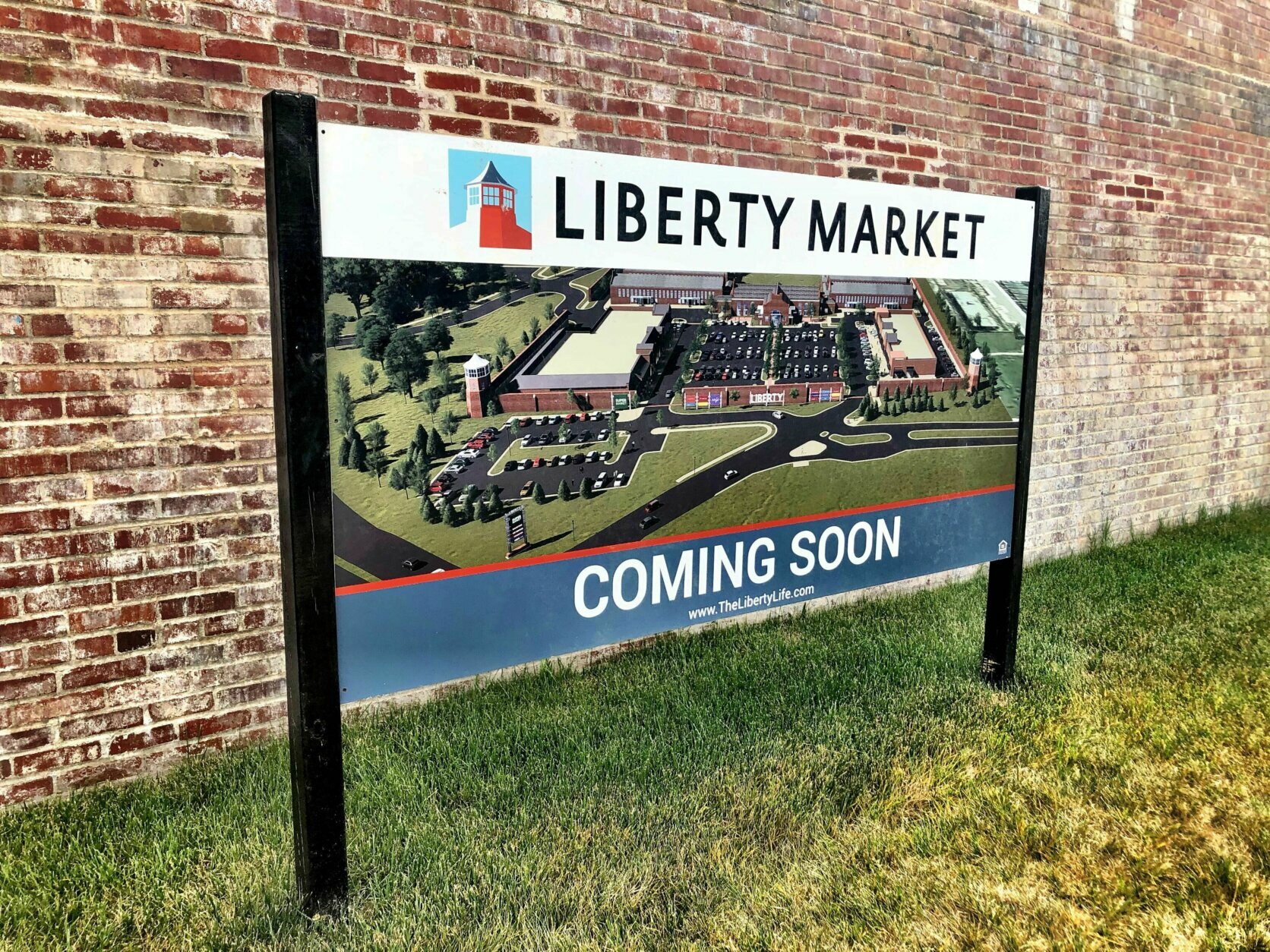 9/16
9/16
What’s a former prison without a grocery store and dance studio?
(WTOP/Neal Augenstein)
Residents are looking forward to what’s being built inside the walls of what was Lorton Reformatory’s maximum security unit — small businesses have signed leases in Lorton Market, to bring retail to people who will live, work, and play in the Liberty development.
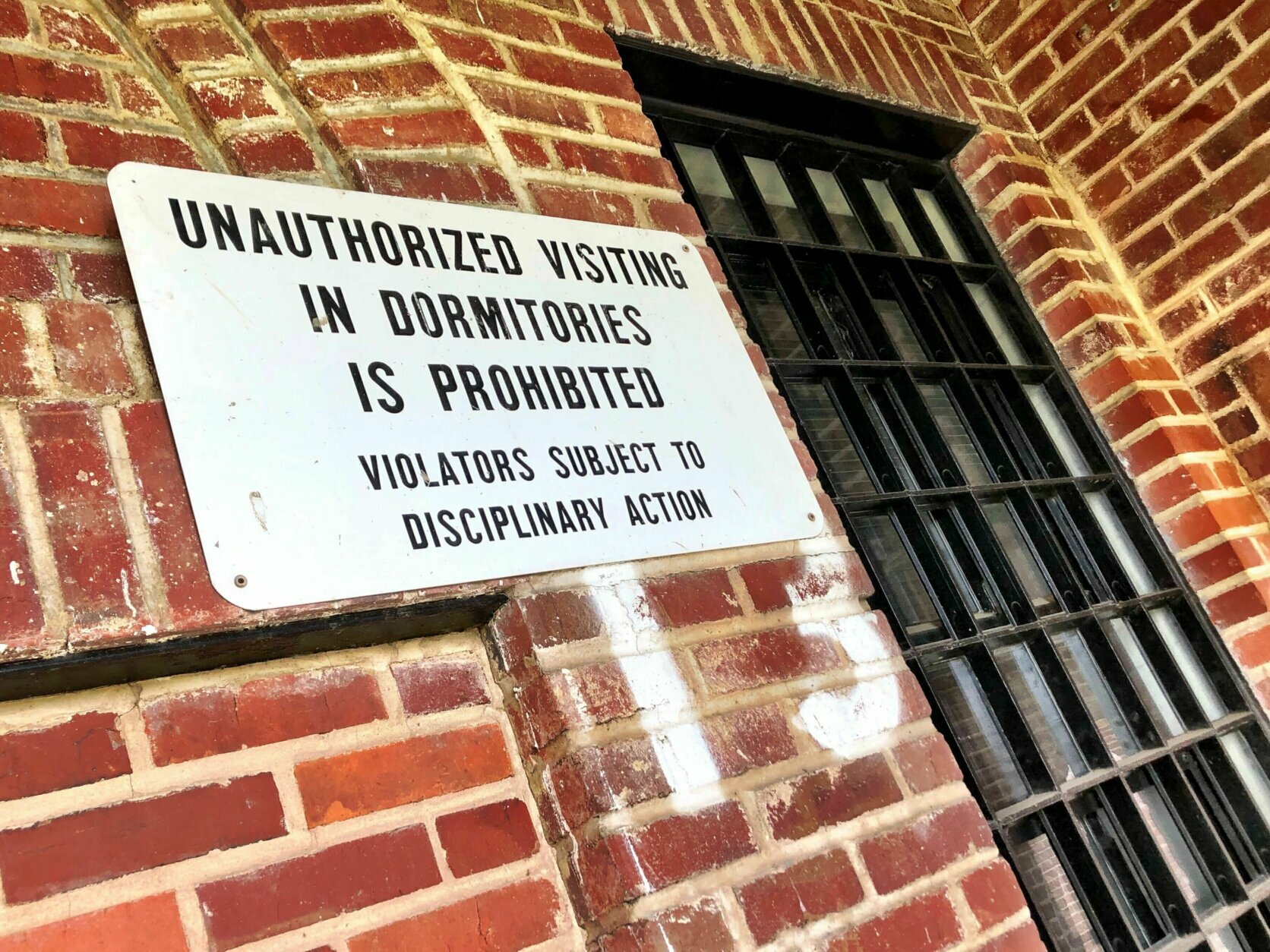 10/16
10/16
Original signs show what life was like in prison.
(WTOP/Neal Augenstein)
Right outside the front doors of homes in Liberty Crest Apartments are original signs and architectural details that reflect the Lorton Reformatory’s legacy.
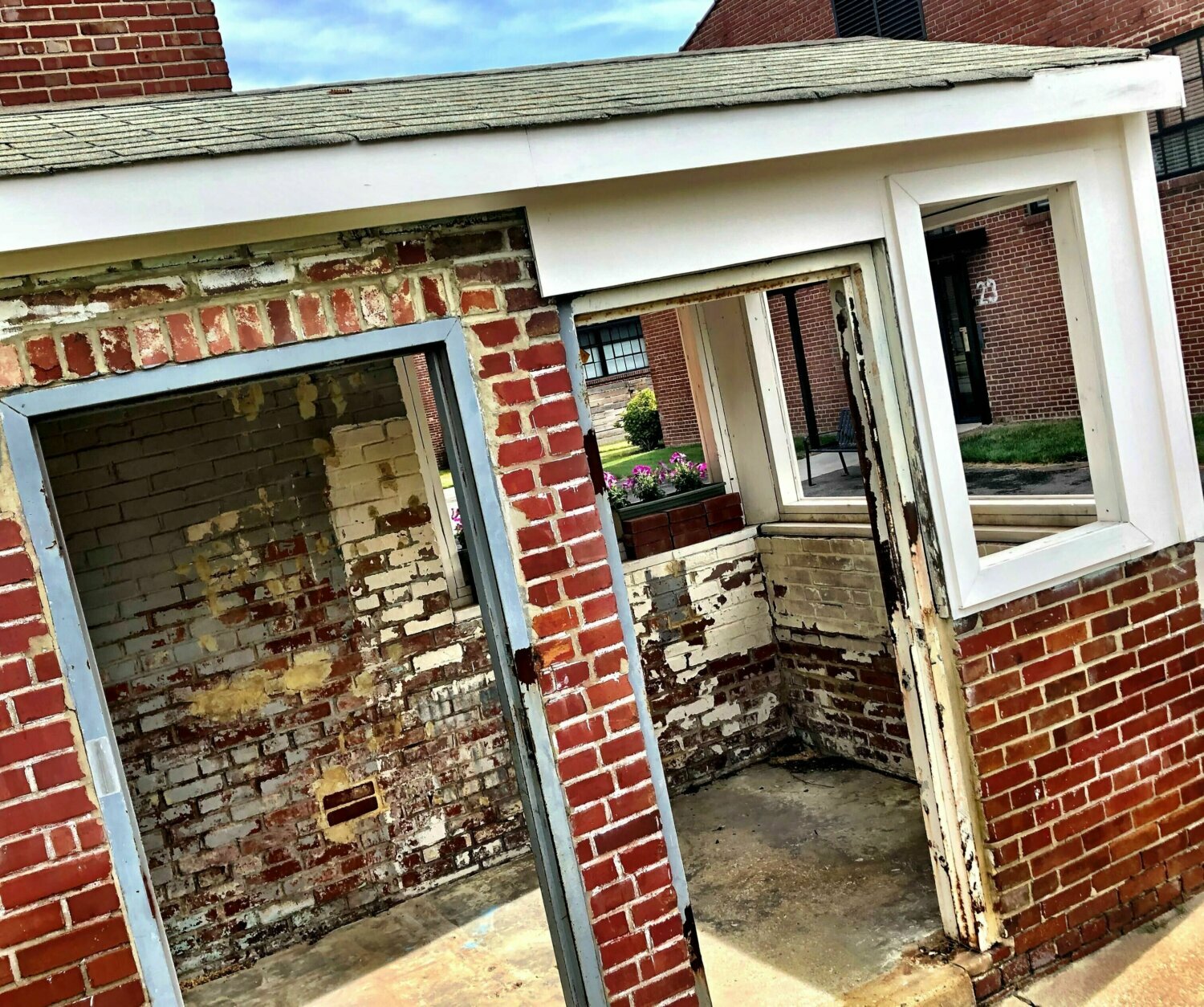 11/16
11/16
Flowers brighten up any room.
(WTOP/Neal Augenstein)
The shell of a structure from the notorious Lorton Reformatory now includes artistic window boxes.
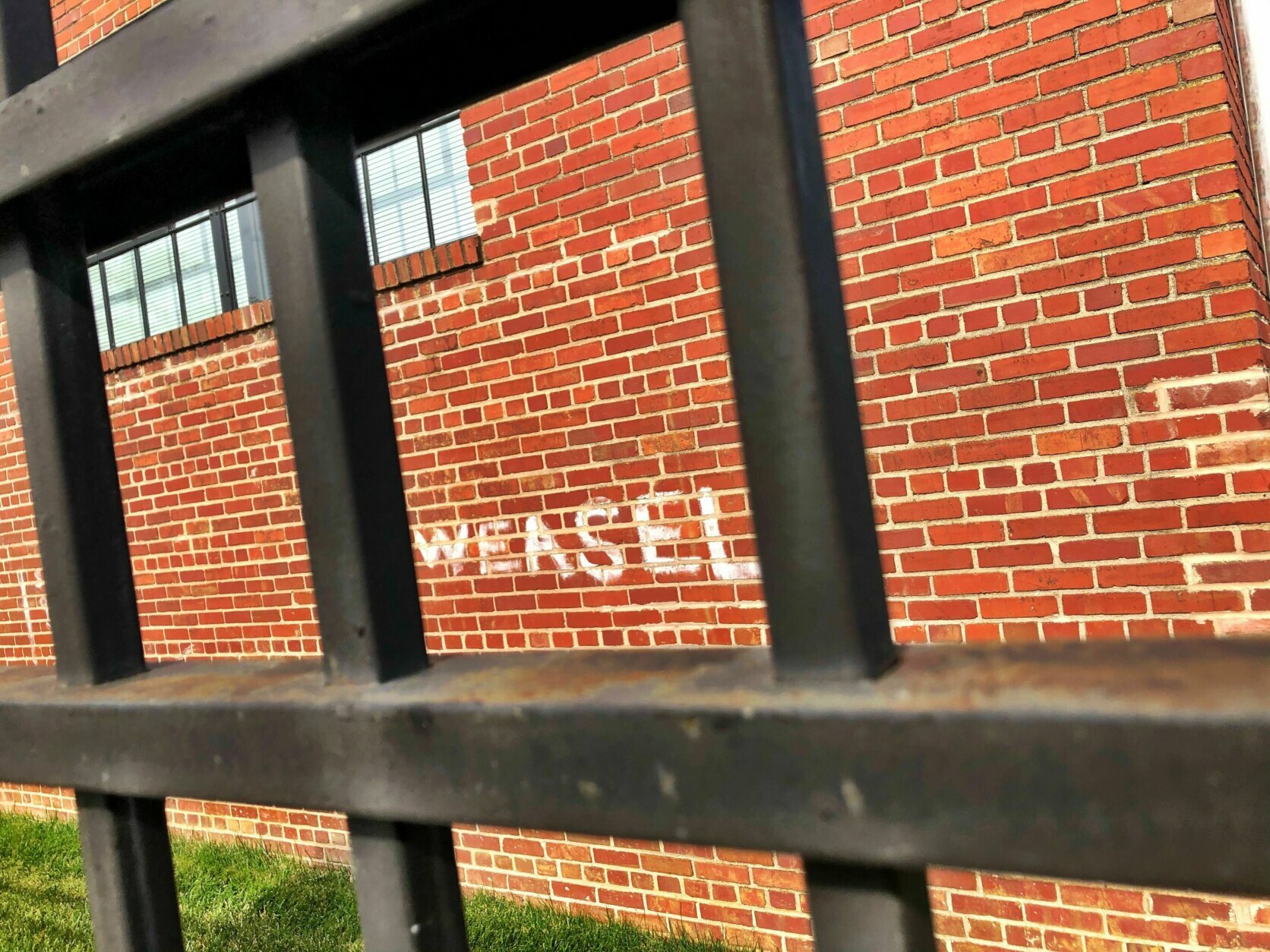 12/16
12/16
No whitewashing in the Liberty development.
(WTOP/Neal Augenstein)
In many cases, walls and facades in the Liberty development deliberately maintain some of the realities of life in the former Lorton Reformatory.
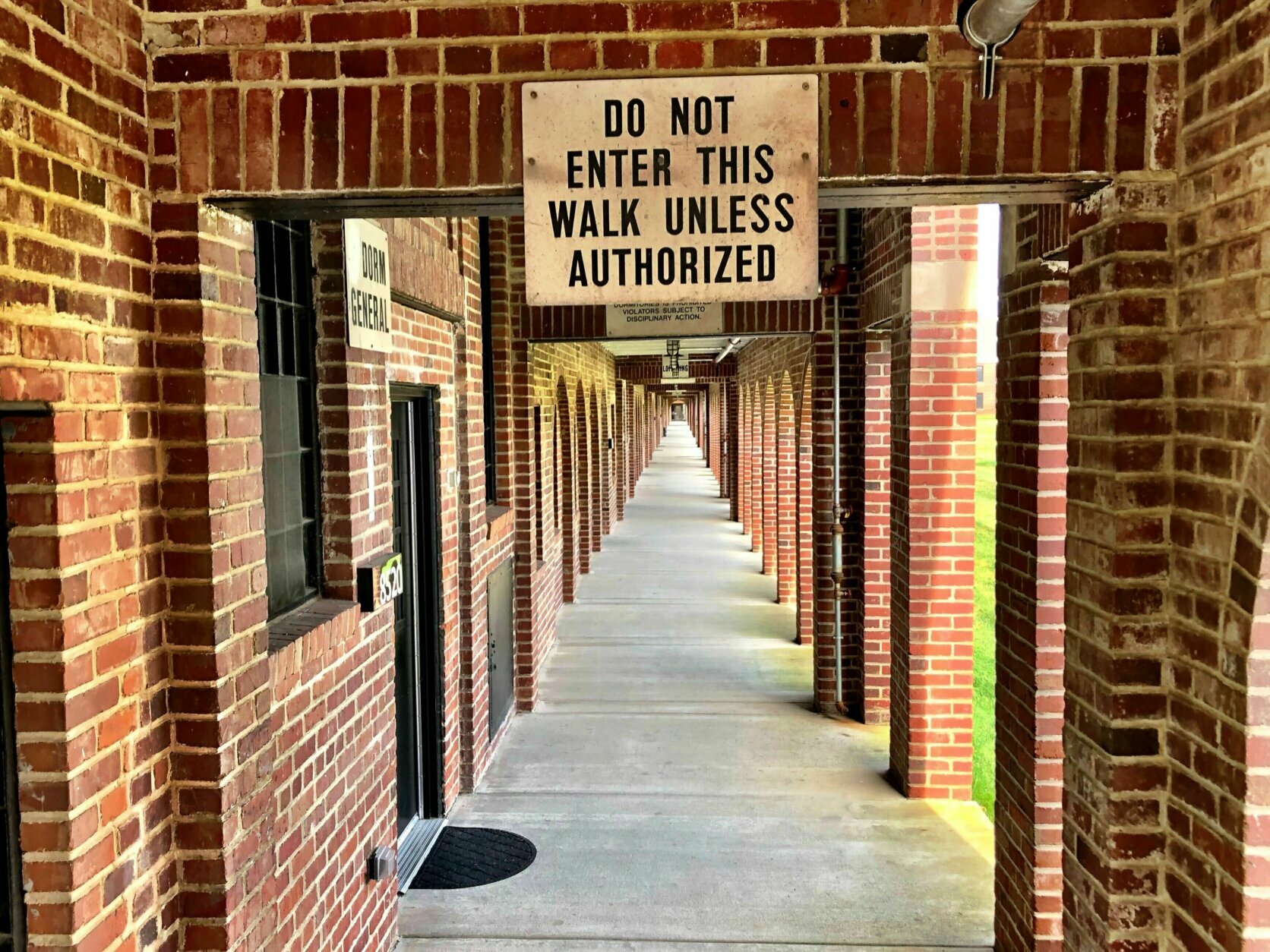 13/16
13/16
New residents are authorized to walk the walk.
(WTOP/Neal Augenstein)
Former dormitories in the Loudoun Reformatory have been transformed into the Liberty Crest Apartments.
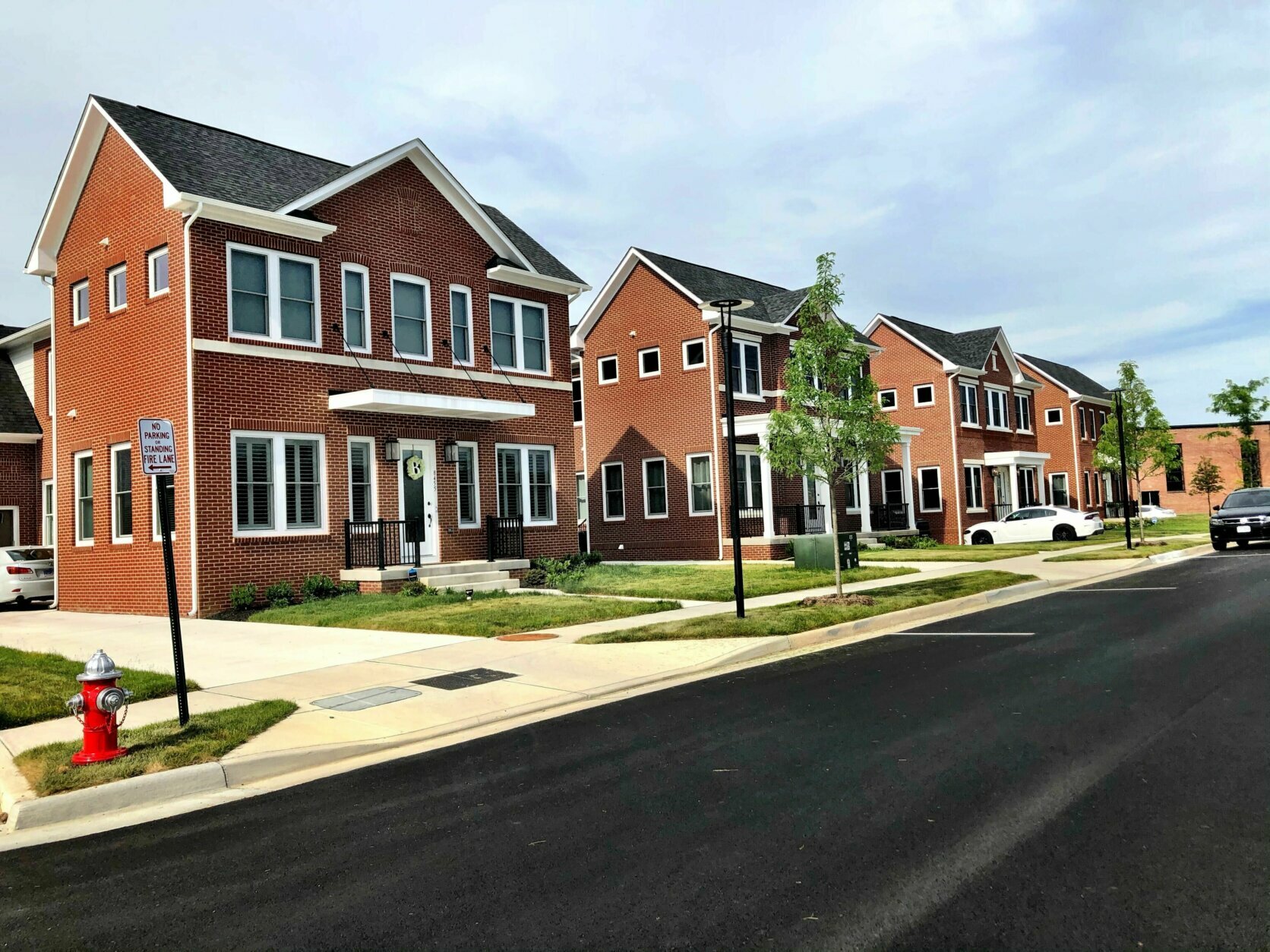 14/16
14/16
Modern family living is on the site of the former prison.
(WTOP/Neal Augenstein)
Many of the 24 single-family detached homes are complete, with more being built.
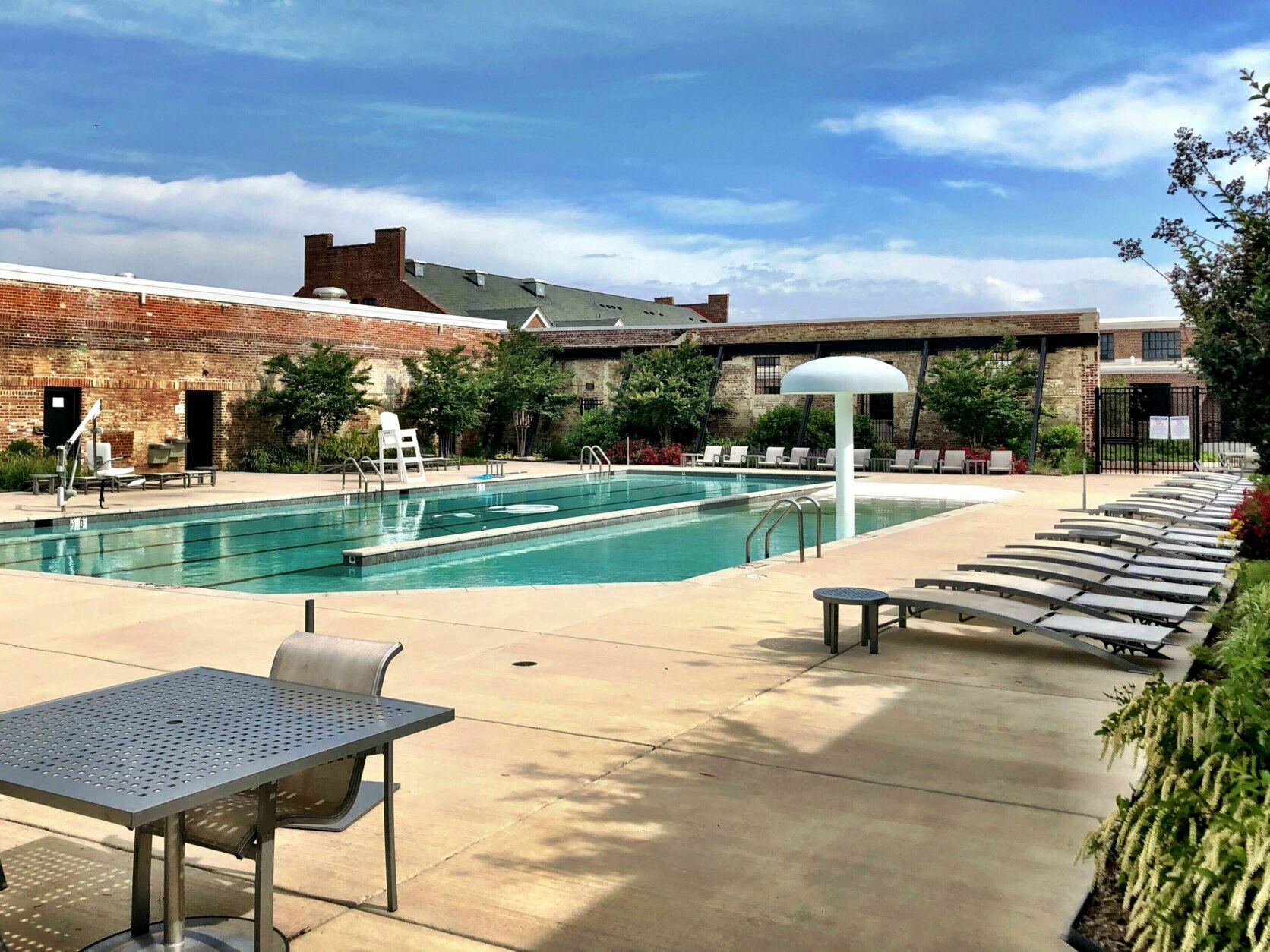 15/16
15/16
Clink by the pool, anyone?
(WTOP/Neal Augenstein)
Not a typical deckside view, the pool in the Liberty community mixes cool relaxation with historic buildings from the former Lorton Reformatory.
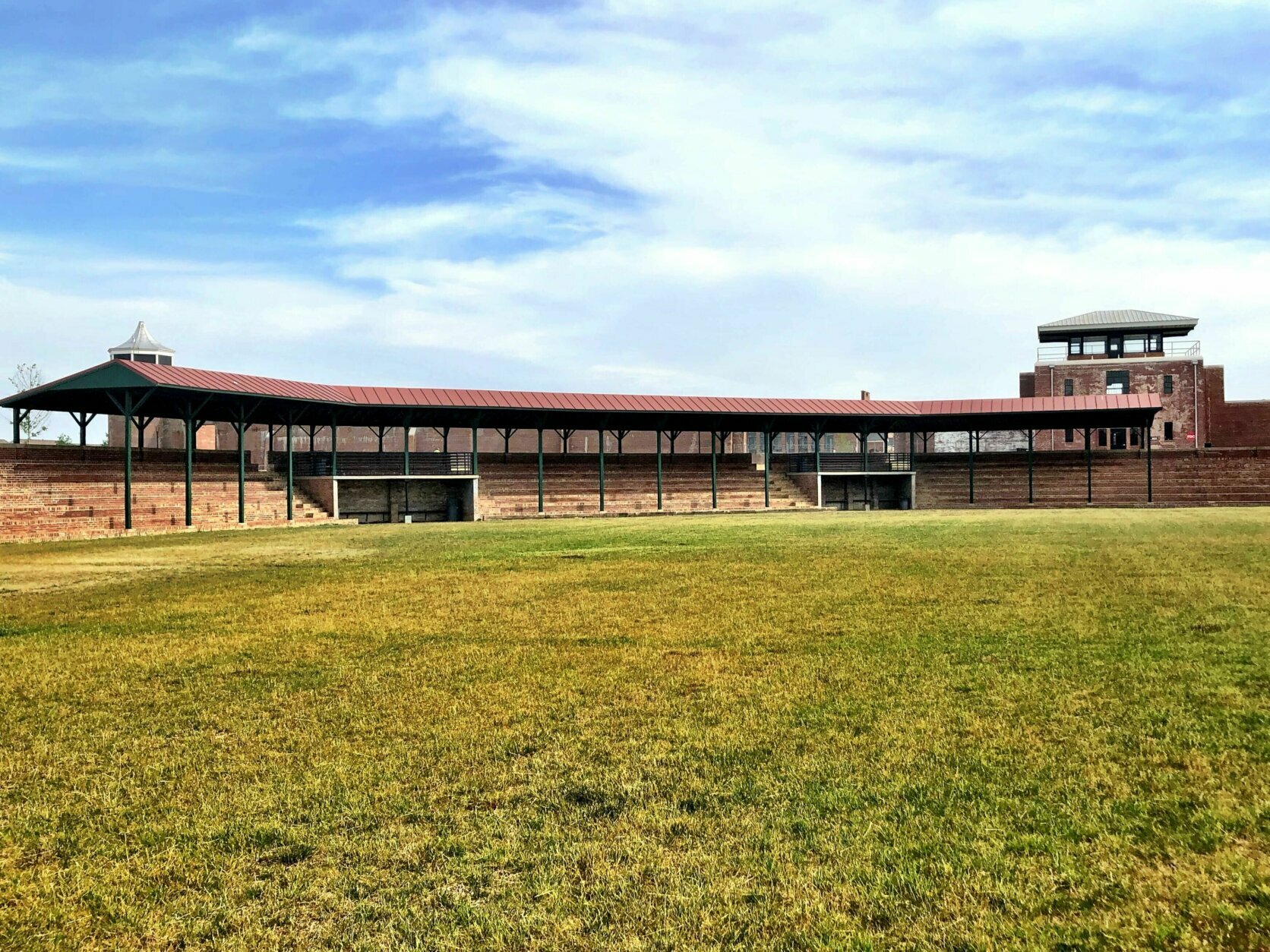 16/16
16/16
Liberty Green sits on three acres.
(WTOP/Neal Augenstein)
Hearkening to the Burt Reynolds movie “The Longest Yard,” Liberty Green is three acres of grassy space, for exercise, play, and outdoor events including music and movies.
Neal Augenstein
Neal Augenstein has been a general assignment reporter with WTOP since 1997. He says he looks forward to coming to work every day, even though that means waking up at 3:30 a.m.
























